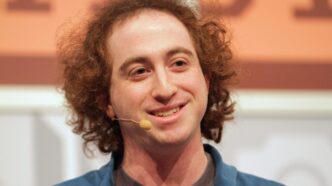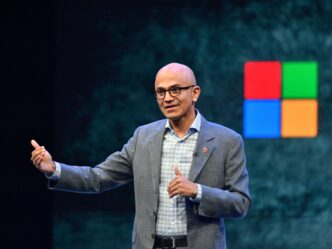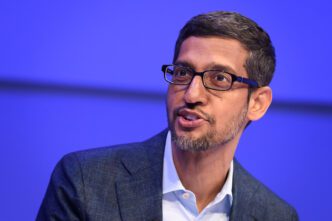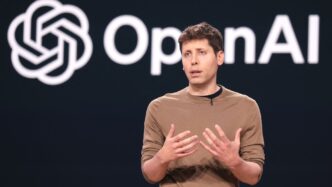Midjourney, one of the earliest AI image-generation platforms, has unveiled its latest model, V7, marking its first major update in nearly a year.
The new model, which began rolling out in alpha at midnight EST on Thursday, follows OpenAI’s recent viral image generator launch. While not explicitly designed for Ghibli-style art, V7 produces highly detailed and aesthetically refined images
V7 introduces a new personalization feature that tailors outputs based on user preferences. To access the model, users must rate around 200 images to create a unique Midjourney personalization profile, enhancing the AI’s ability to align with individual visual tastes.
Once set up, users can enable or disable V7 on Midjourney’s website or via the Discord chatbot. The model selection is available through a drop-down menu in the web app
Midjourney CEO David Holz described V7 as a “totally different architecture,” emphasizing significant improvements in text prompt accuracy, texture rendering, and overall image coherence—particularly in generating hands, bodies, and objects.
V7 offers two modes: Turbo, which delivers faster results at a higher cost, and Relax, which prioritizes affordability. It also powers Draft Mode, a feature that generates images at 10 times the speed and half the cost of standard rendering. Although draft images are lower quality, users can enhance them with a single click.
Some features from previous Midjourney versions, such as image upscaling and retexturing, are not yet available in V7. However, Holz stated these capabilities would be integrated within the next two months.
“This is a completely new model with unique strengths and some potential weaknesses,” Holz noted. “We want user feedback to refine it further, so experiment with different prompt styles.”
Founded in 2022 by David Holz, Midjourney remains self-funded and has not raised external capital. In late 2023, the company projected an annual revenue of around $200 million and recently announced plans to establish a hardware team. Additionally, Midjourney continues to develop AI models for video and 3D object generation.
Despite its growth, the company faces multiple lawsuits accusing it of training AI models on copyrighted artwork scraped from the web without permission. The outcome of these legal battles could shape the future of AI-generated art.













